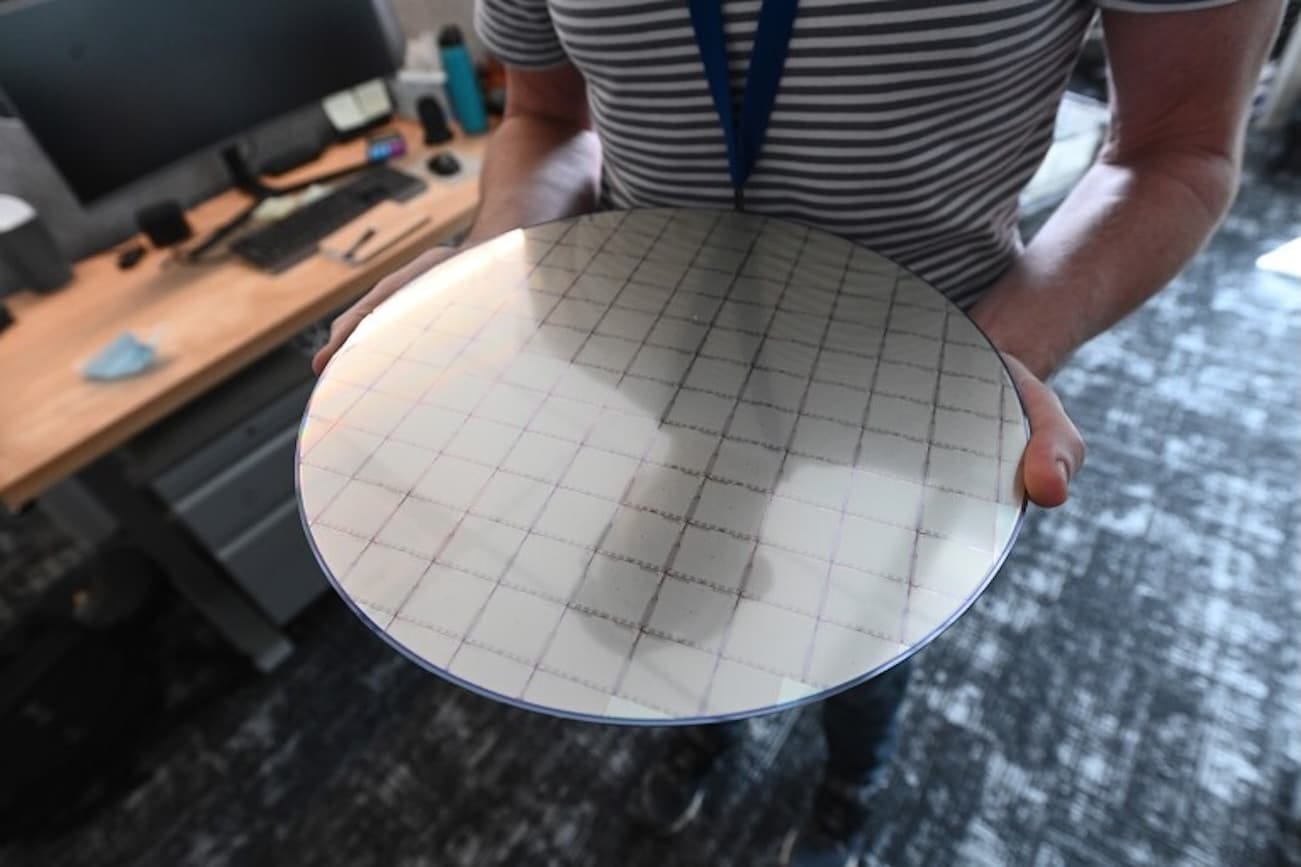China has taken a crucial step in its technological self-sufficiency strategy by developing a 193-nanometer deep ultraviolet (DUV) laser. This advancement comes at a critical time when reliance on scanners and lithography equipment from Europe and Japan continues to be a limitation for China’s semiconductor industry. The new compact, solid-state laser not only matches the capabilities of traditional excimer lasers but also features an optimized structure to enhance optical inspection processes, quantum communication, and manipulation of matter on a microscopic scale.
The development has been led by the Chinese Academy of Sciences and is notable for generating a vortex beam, something that has been complex to achieve at such short wavelengths until now. The key to this achievement lies in an advanced frequency mixing technique, the use of nonlinear LBO crystals, and a design that allows integration of the system into compact industrial platforms.
The base of the laser is a powerful 1,030 nm system that splits into two paths: one that converts to a 258 nm laser through harmonics and another that feeds into an optical parametric amplifier (OPA), producing light at 1,553 nm. Both beams are combined to produce the desired 193 nm light with an average power of 70 milliwatts and a linewidth of less than 880 MHz, ensuring extremely high precision.
According to the researchers, this is the first time a 193 nm vortex beam derived from a solid-state laser has been demonstrated. The introduction of a spiral phase plate in the 1,553 nm beam enables the transport of orbital angular momentum, crucial for advanced communication applications and industrial processes.
This advancement not only represents an improvement in efficiency and cost reduction compared to expensive traditional excimer systems, but it also mitigates the reliance on exotic crystals like KBBF, which complicate industrial scalability. The new system paves the way for the production of powerful UV beams, which could reach watt-level outputs with improvements in components and higher input power.
Furthermore, this development brings China one step closer to achieving technological independence in the production of advanced semiconductors, particularly in mature nodes. The ability to scale the laser’s power and its application in quantum communication systems and advanced lithography could change the global landscape in chip manufacturing.
Lastly, experts point out that if this system continues to be refined, it could serve as a foundation for future EUV light sources, bringing China even closer to a leadership position in the semiconductor market.
References: El chapuzas informático and SPIE.

